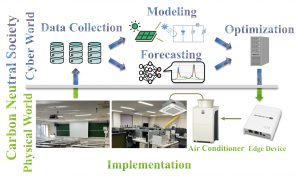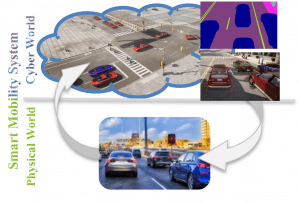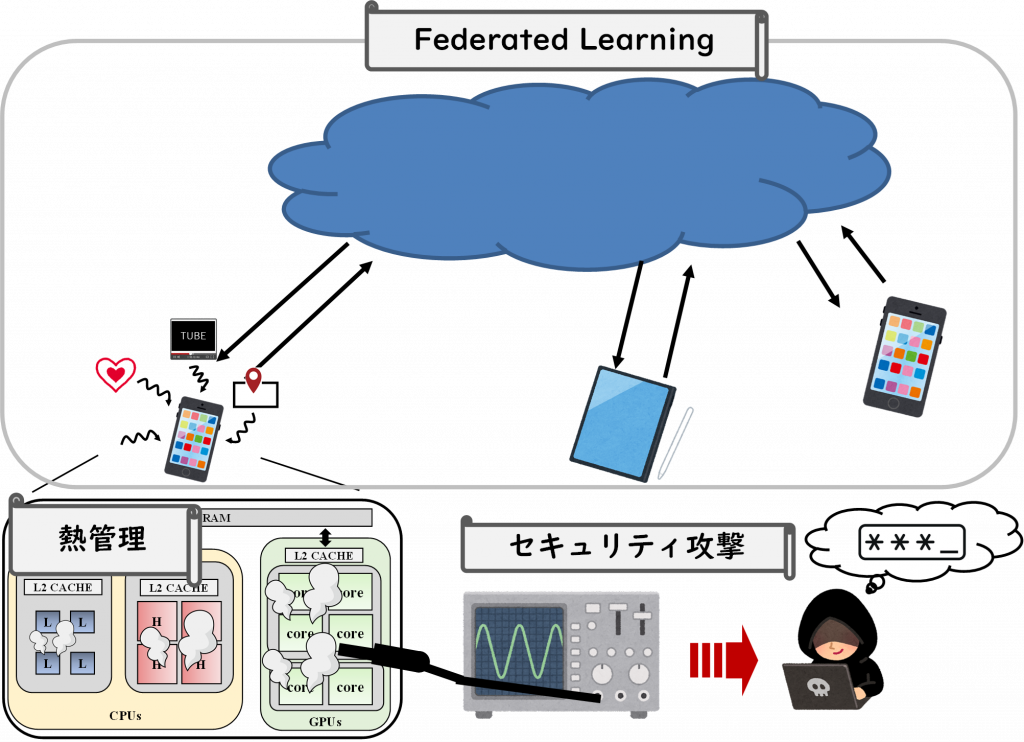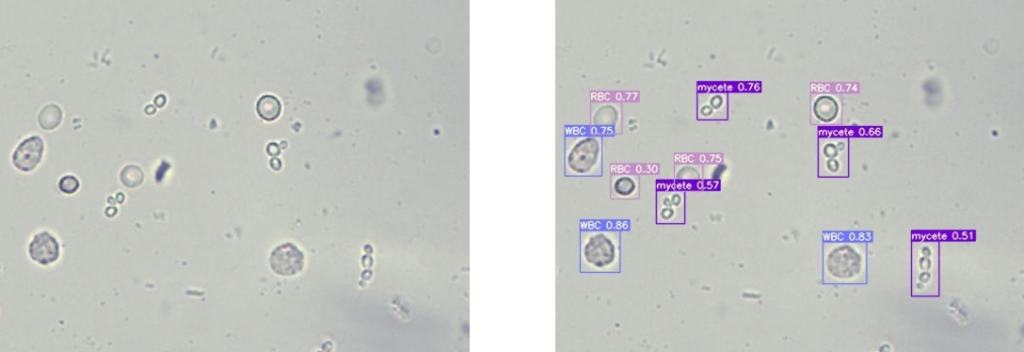Next-Generation Energy Management System in a Carbon-Neutral Society

Energy-related issues such as the realization of a low-carbon society and reduction of electricity costs are receiving global attention. To solve these problems, not only elemental technologies like energy storage and power conversion are needed, but also intelligent operation of systems based on information science and technology is essential, utilizing system-level design methods and machine learning.
Research fields cover a wide range, including modeling techniques to correctly understand the behavior of system components, technologies to predict future behaviors like power generation and electricity prices, optimization techniques to derive the best solutions and make appropriate decisions from these pieces of information, and embedded technologies that are crucial in demonstrating the effectiveness of energy management systems for social implementation( for more details, click here ).
- Equivalent Circuit Modeling of Batteries
- Electricity Price/Demand Forecasting Using Deep Learning
- Operation Optimization of Batteries and Demand Based on Solar Power Generation Forecast
- Non-Invasive Thermal Load Monitoring Using Deep Learning
- Aggregation Techniques Considering Battery Degradation
- Optimization and Demonstration of Air Conditioning that Balances Comfort and Energy Saving
Digital Twin for Vehicle-to-Everything in Realizing Smart Mobility Systems

Currently, in the automotive industry, autonomous driving and driving assistance functions are gaining attention as next-generation technologies. The industry aims to realize smarter mobility systems by integrating information from multiple sensors such as multi-eye cameras, omnidirectional cameras, Radar, and LiDAR.
In particular, in the world of Vehicle-to-Everything (V2X), it is believed that various driving situations, such as hazard prediction and optimal traffic conditions, can be realized by sharing the world perceived by one vehicle with other vehicles. The digital twin envisioned in this research reconstructs information obtained in the physical space on cyber space, and is realized by sharing this cyber space among vehicles. This digital twin space requires high real-time performance and reliability.
- Real-time V2X Communication Using ROS2
- Tele-Operation Technology Utilizing Digital Twin Space
- Object Detection Model Training Using Distributed Federated Learning
3D Audio Technology for Metaverse Spaces and Behavior Modification
Sound has been used as an important medium for information transmission since ancient times. Even today, sound is an indispensable part of our lives as a tool for communication between people and between people and machines.
In recent years, acoustic technology has been widely applied, such as in providing realistic sound field spaces in the metaverse that are comparable to reality. For example, 3D audio technology, which enhances the sense of presence by considering the position of the sound source and reflected sounds emitted from speakers, is well-known. Additionally, by utilizing musical elements such as rhythm and melody, in addition to the components of timbre like harmonics and spectral frequencies, various sound impression effects can be achieved. These can be used to intuitively evoke human emotions and explore the possibilities of behavior modification.
- 3D Sound Localization Technology in Virtual Spaces
- Construction of Acoustic Effects to Promote Behavior Change and Its Evaluation Framework

Compressive Sensing Technology for Media Processing
Recent developments in media processing have been remarkable, accompanied by the advancement of machine learning. In the Internet of Things (IoT) society, information is frequently transmitted and received through various media, making compression of information crucial for reducing communication volume. Compression can be divided into two types: one, like MP3 or JPEG, reduces information as much as possible without significantly degrading the original information and reconstructs it at the time of use; the other omits part of the sensing to minimize information and reconstructs from that limited information, which is particularly referred to as compressive sensing.
Typical machine learning processes require substantial information. However, during the process of compressing information, important data may be lost, and models trained on such data often suffer from reduced inference accuracy. Therefore, we pose the question: Is it possible to use compressive sensing to appropriately compress only the information that is not very important for machine learning? We are engaged in research and development of compression technologies specialized for machine learning.
- Compressive Sensing Technology for Deep Learning
- Design of Learning Models Specialized for Compressed Sensing Images

Distributed IoT System and Edge Design Technologies
Advances in information and communication technology have led to various researches in the field of the Internet of Things (IoT). The collaboration between cloud and edge computing is expected to enable a variety of applications. However, due to the nature of traditional cloud-edge computing, which involves sending data to the cloud, privacy leakage is inevitable. Therefore, a mechanism known as federated learning, which falls under the framework of distributed machine learning, is emerging. In this mechanism, machine learning is conducted at the edge without aggregating data in the cloud. To leverage this framework, where learning takes place at each edge, it is necessary for each edge to simultaneously focus on performance improvement, power consumption reduction, thermal management, and countermeasures against hardware security attacks.
- Task Mapping and Scheduling in Federated Learning
- Thermal Management of IoT Devices
- Technologies to Enhance Resistance to Hardware Security Attacks

Image Processing Technologies for Medical Image Analysis
With the rapid aging of the global population, the availability of busy medical professionals is becoming increasingly scarce each year. As a result, the workload for those working in medical settings is growing. Against this backdrop, research utilizing image processing for various medical purposes is actively being conducted. For example, there are attempts to reduce the workload of clinical laboratory technicians by detecting and classifying each cell from urine sediment images, or by automatically detecting cancer cells from MRI images.
In this course, we aim to meet the real demands of the medical field by setting goals such as achieving higher accuracy or using less training data through image processing technologies utilizing deep learning. For example, annotating images for training is necessary, but this leads to a significant workload. Moreover, in some cases, it is difficult to accumulate sufficient training data, so there is a high demand for image processing technologies and data augmentation techniques robust to the number of training data. These are not the only aspects we focus on, but by combining various image processing technologies, we aim to reduce the burden on the medical field.
- Various Cell Detection in Medical Images
- Data Augmentation for Cell Image Learning
- Clustering and Labeling of Cell Images
